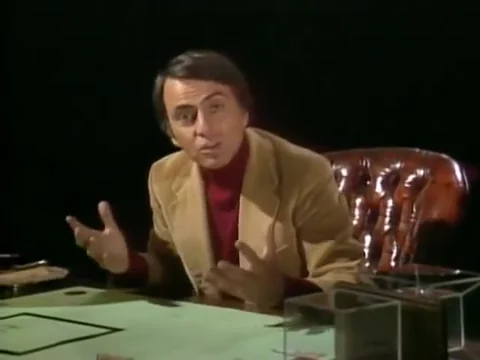In his renowned PBS series “Cosmos,” Carl Sagan tackled the enigmatic concept of the fourth dimension, a realm seemingly beyond human grasp. As creatures bound by three-dimensional perception, we struggle to fathom anything beyond the tangible dimensions of height, width, and depth.
Sagan, known for his adeptness in simplifying complex scientific notions, embarked on an illuminating journey to elucidate the elusive fourth dimension. Using everyday objects like an apple and a Tesseract, or hypercube, he ingeniously made the abstract concept tangible.
Drawing an analogy from a hypothetical two-dimensional world, Sagan illustrated how denizens of such a realm, confined to a flat plane, would perceive a three-dimensional object like an apple. To them, the apple passing through their plane would appear as a mere cross-section, offering only glimpses of its true three-dimensional form. Similarly, Sagan suggested, our understanding of the fourth dimension is limited by our three-dimensional perspective.
Introducing the Tesseract, a four-dimensional cube, Sagan challenged viewers to transcend their conventional understanding and visualize dimensions beyond the familiar three. Just as the two-dimensional beings struggled to grasp the depth of the apple, we too grapple with comprehending the fourth dimension.
Sagan’s captivating demonstration not only demystified a perplexing scientific concept but also exemplified his talent for blending lucid explanations with captivating visuals, offering a blueprint for effective science communication.















































